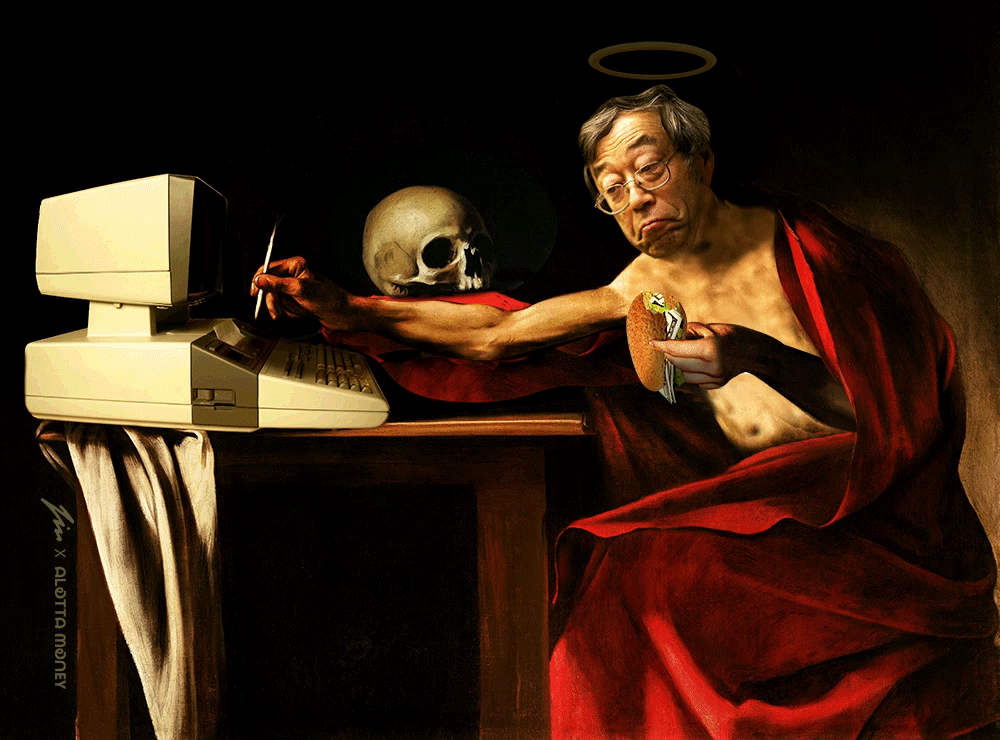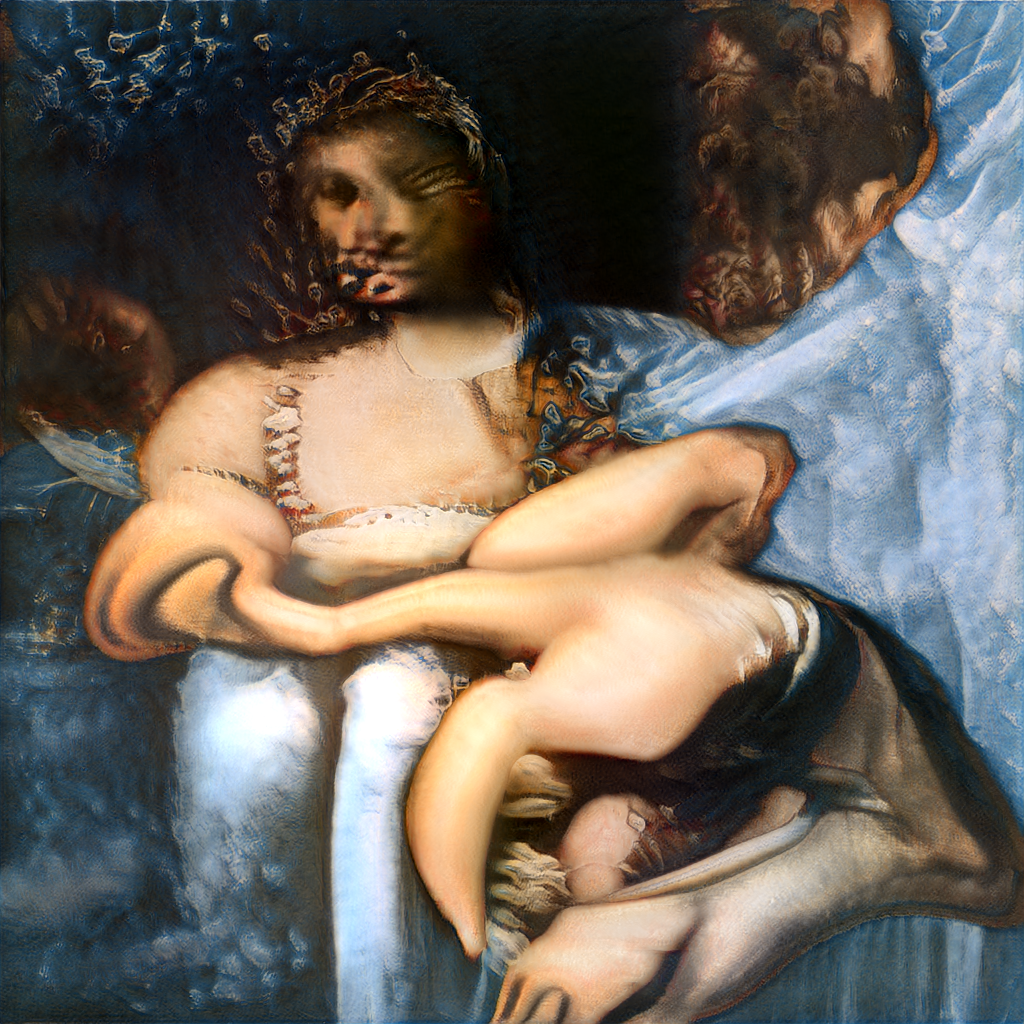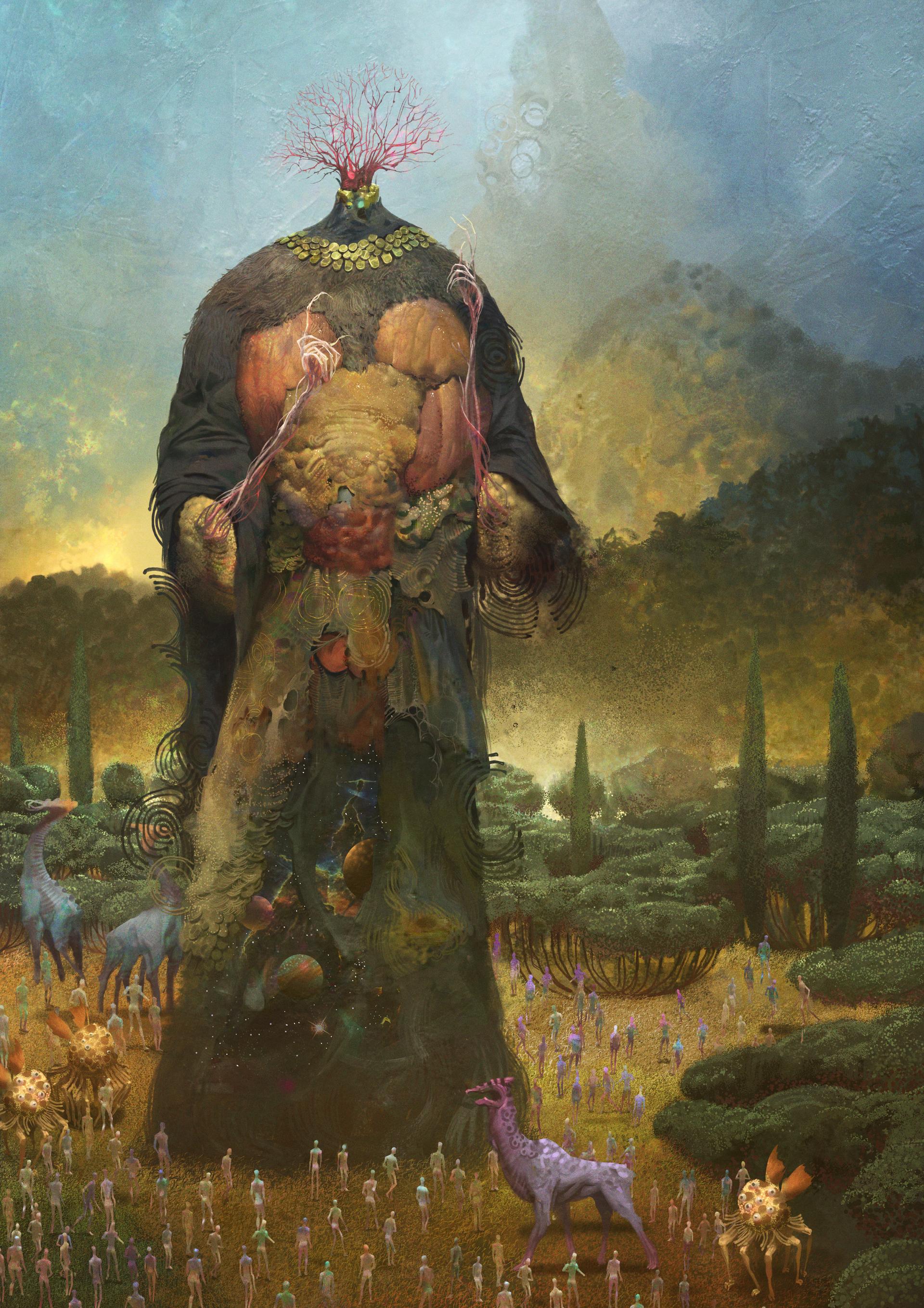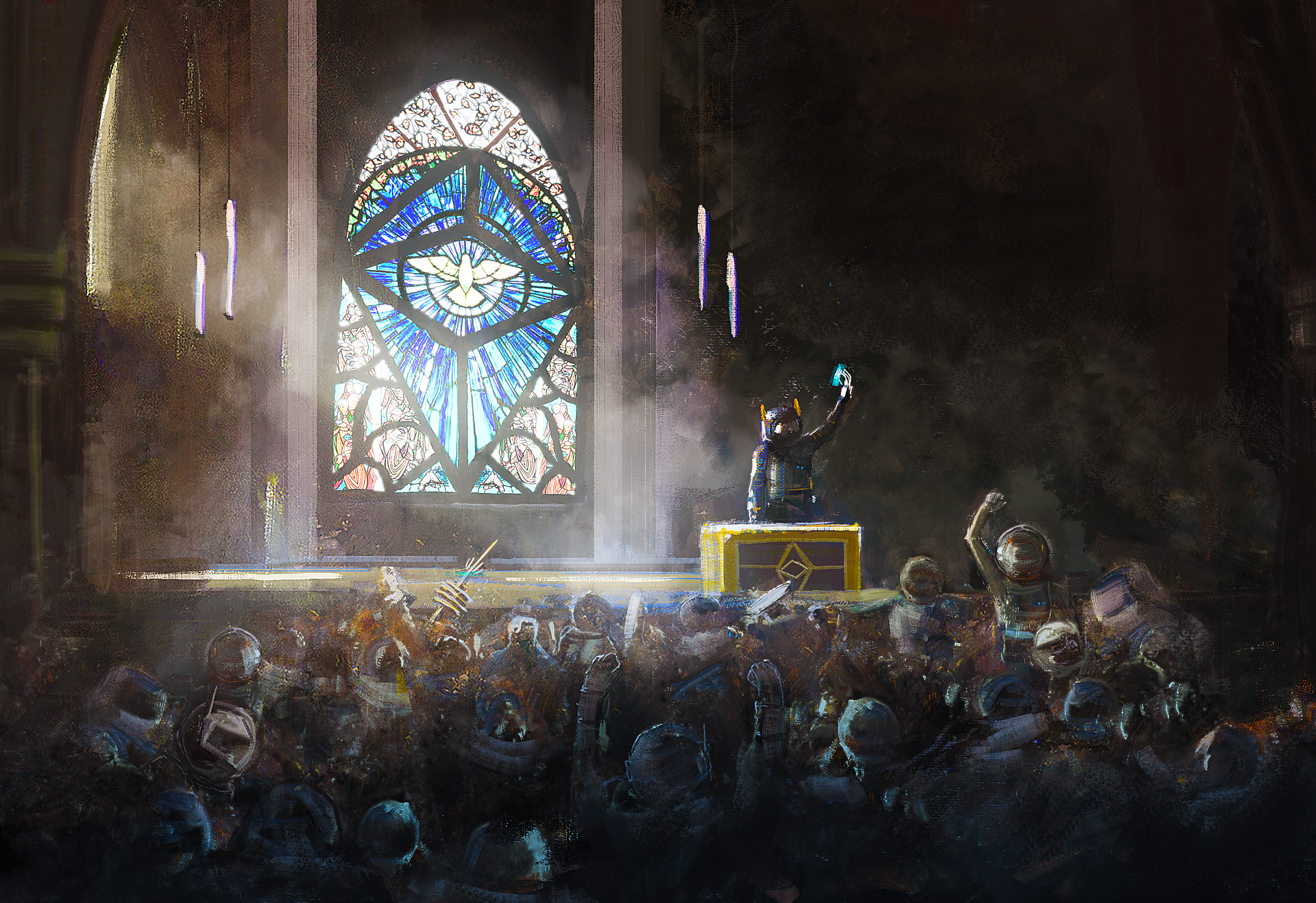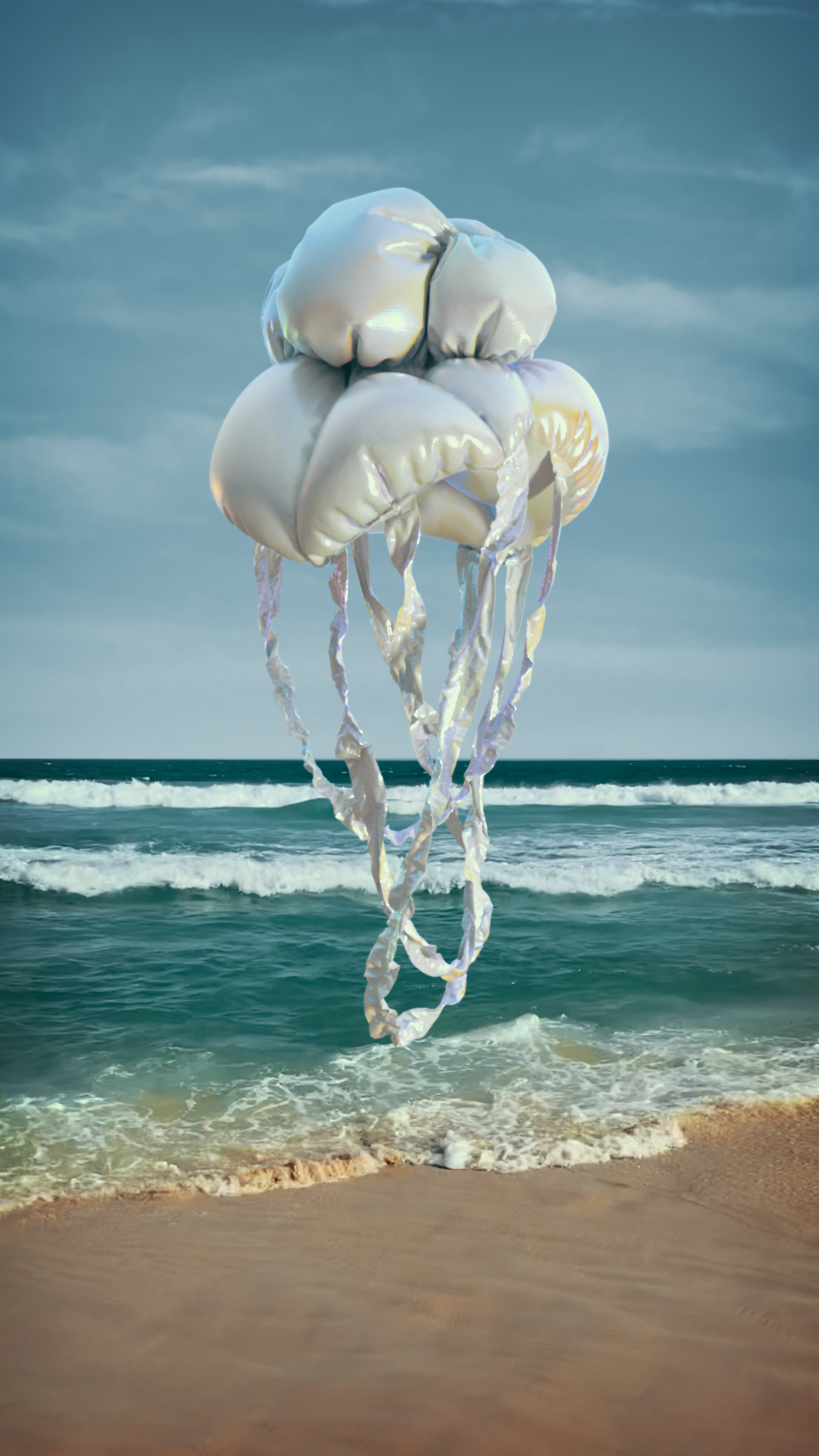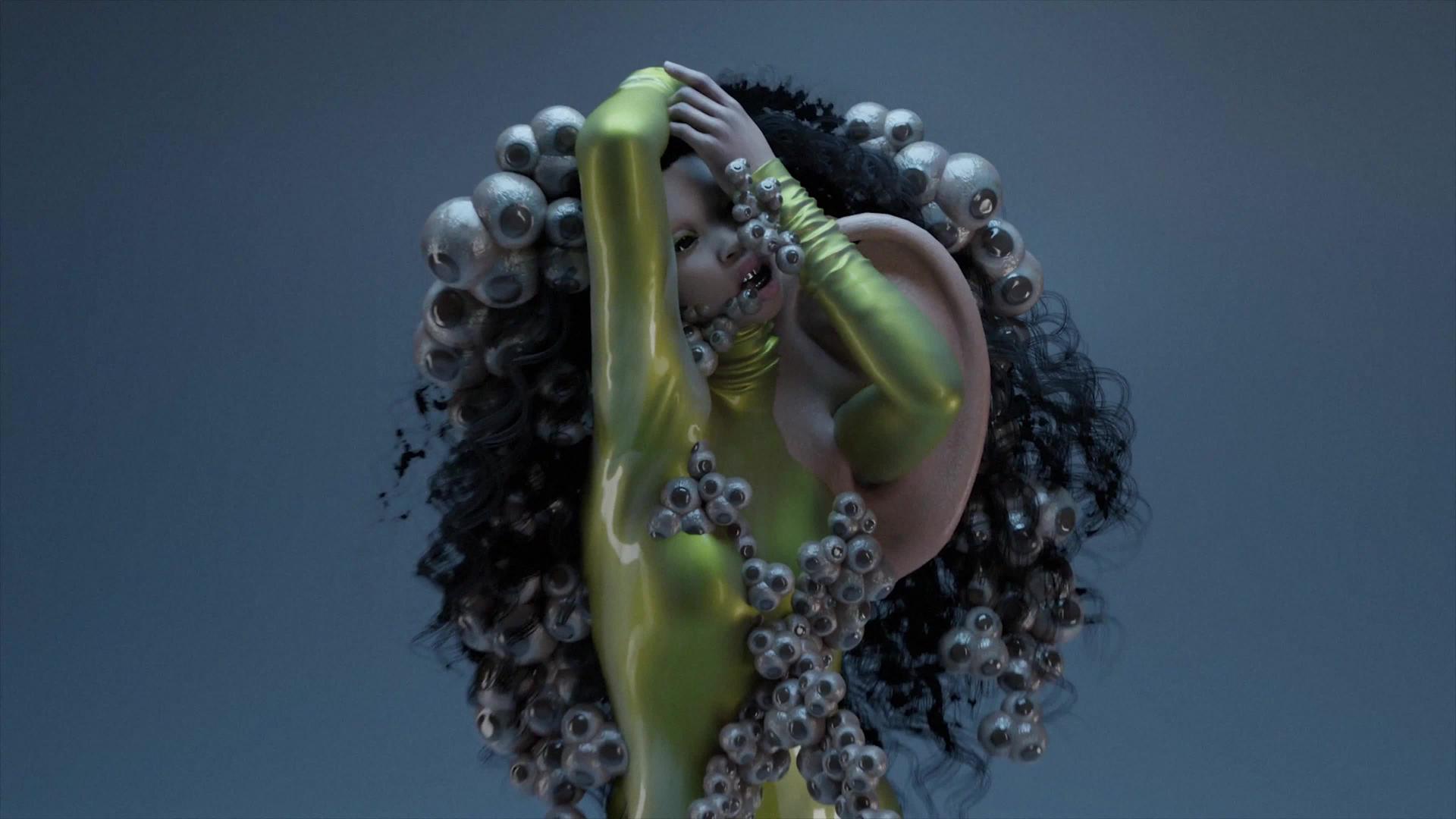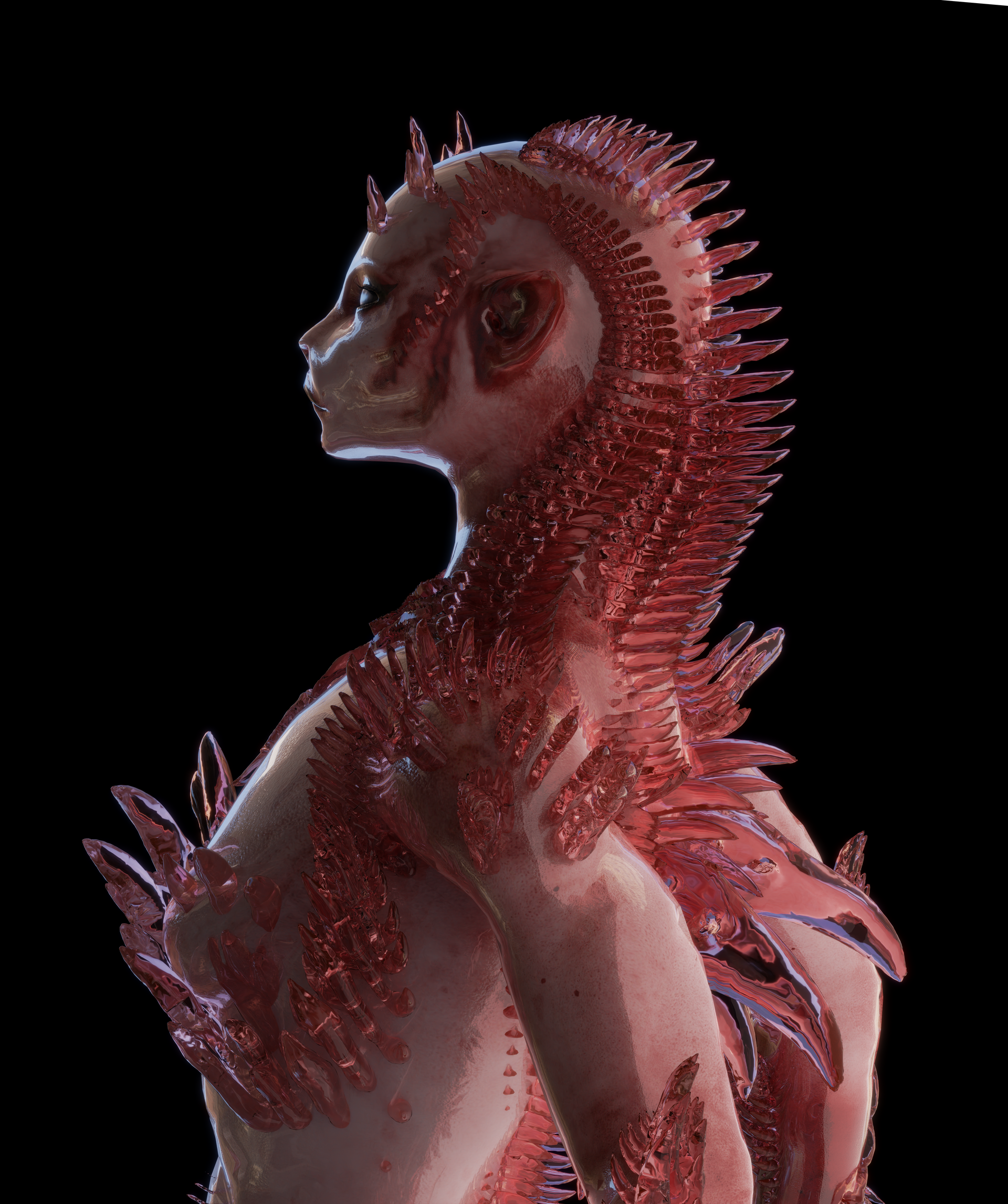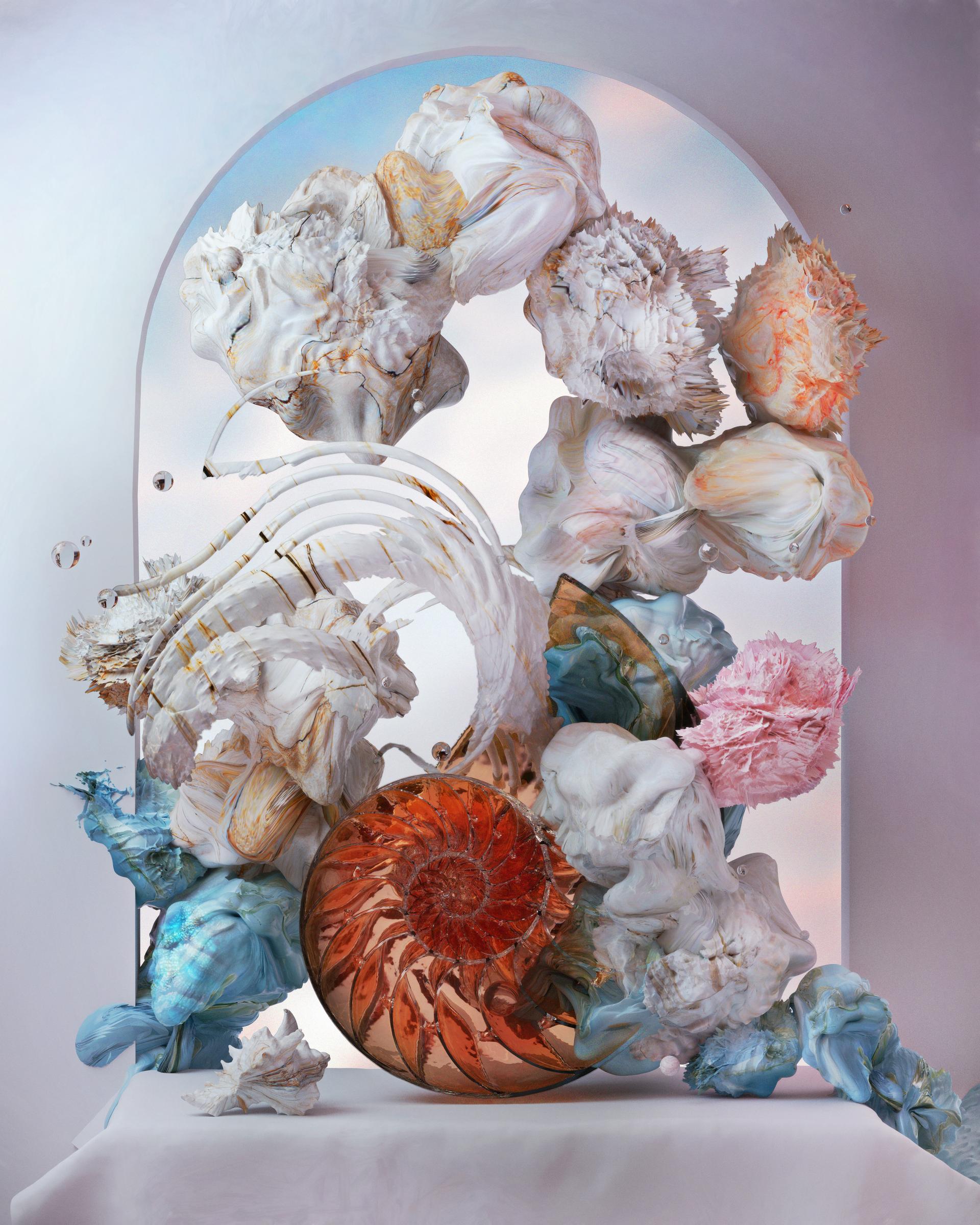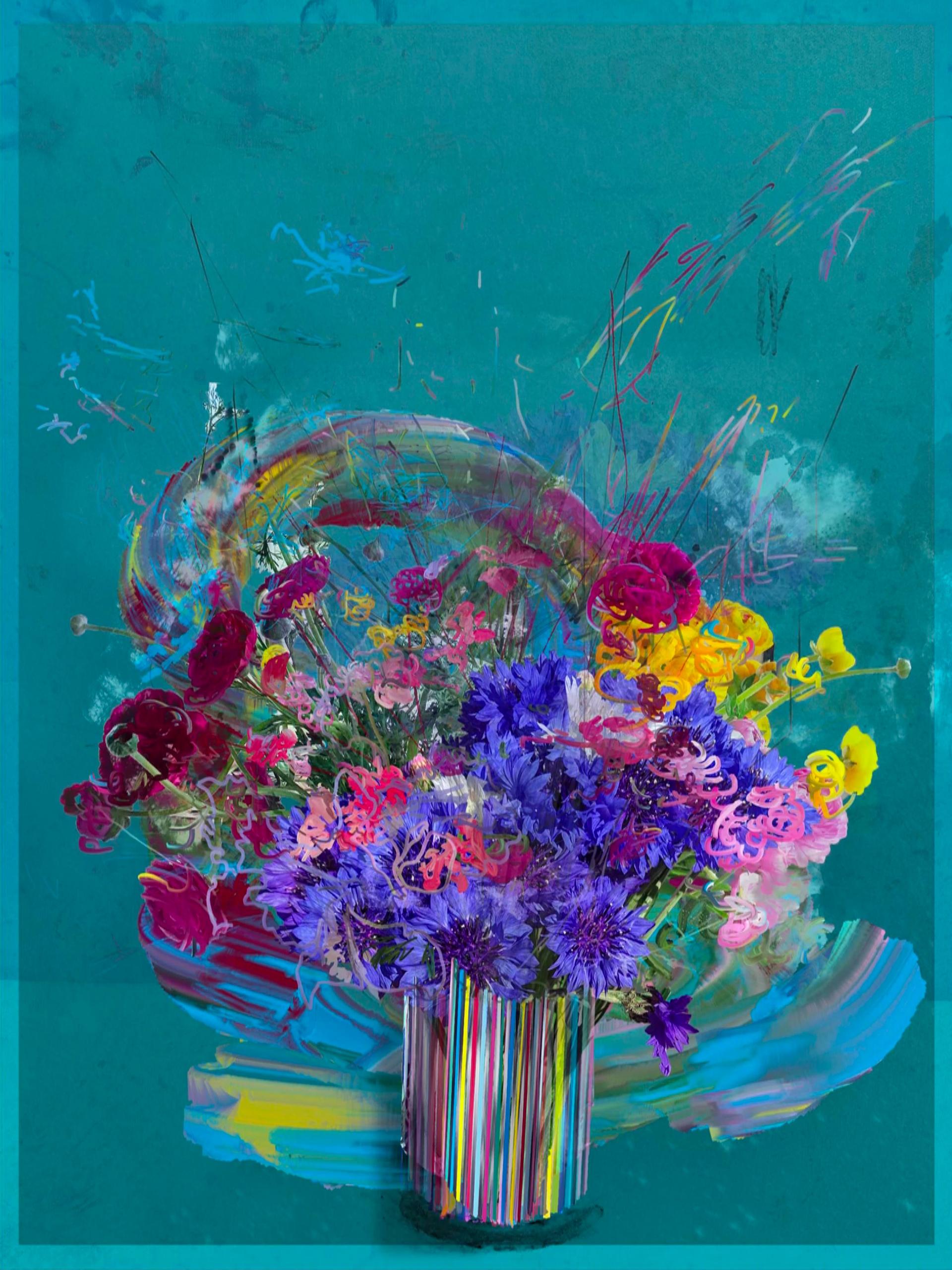For most of its history, art served ritual and the spiritual life of humanity. From cave paintings in Altamira to the Bactrian princesses, the Fayum portraits, medieval miniatures, Renaissance paintings, and beyond, all these cultural precedents were largely associated with the spiritual life of society.
In general terms, over time any community generates properties through autopoietic means that are adequate for society as a whole—establishing hierarchies, economic relationships, creating marginal strata, building pantheons of heroes, and seeking spiritual and religious foundations of varying degrees of depth and seriousness. The crypto community is no exception, especially the part of it that is directly involved in the production of images, namely, the artists.
However, it is important to consider that Web 3 is not only a cryptographic and economic project but also an ideological and visual project that succeeds internet culture with its rich visual, contextual, and associative language. It is evident that the crypto community is currently experiencing a tremendous surge of interest. Artists and creators are engaged in the search for spiritual foundations and the creation of synthetic images in which Christian, Buddhist, and Hindu symbols and heroes are sometimes integrated or communicated with characters that have sacred significance for the crypto world, whether it be Vitalik Buterin or Elon Musk (as the most obvious examples). The significance, quality, and meaning of these new experimental images are yet to be assessed, and this large narrative actively awaits its investigator.
For most of its history, art served ritual and the spiritual life of humanity. From cave paintings in Altamira to the Bactrian princesses, the Fayum portraits, medieval miniatures, Renaissance paintings, and beyond, all these cultural precedents were largely associated with the spiritual life of society.
In general terms, over time any community generates properties through autopoietic means that are adequate for society as a whole—establishing hierarchies, economic relationships, creating marginal strata, building pantheons of heroes, and seeking spiritual and religious foundations of varying degrees of depth and seriousness. The crypto community is no exception, especially the part of it that is directly involved in the production of images, namely, the artists.
However, it is important to consider that Web 3 is not only a cryptographic and economic project but also an ideological and visual project that succeeds internet culture with its rich visual, contextual, and associative language. It is evident that the crypto community is currently experiencing a tremendous surge of interest. Artists and creators are engaged in the search for spiritual foundations and the creation of synthetic images in which Christian, Buddhist, and Hindu symbols and heroes are sometimes integrated or communicated with characters that have sacred significance for the crypto world, whether it be Vitalik Buterin or Elon Musk (as the most obvious examples). The significance, quality, and meaning of these new experimental images are yet to be assessed, and this large narrative actively awaits its investigator.
